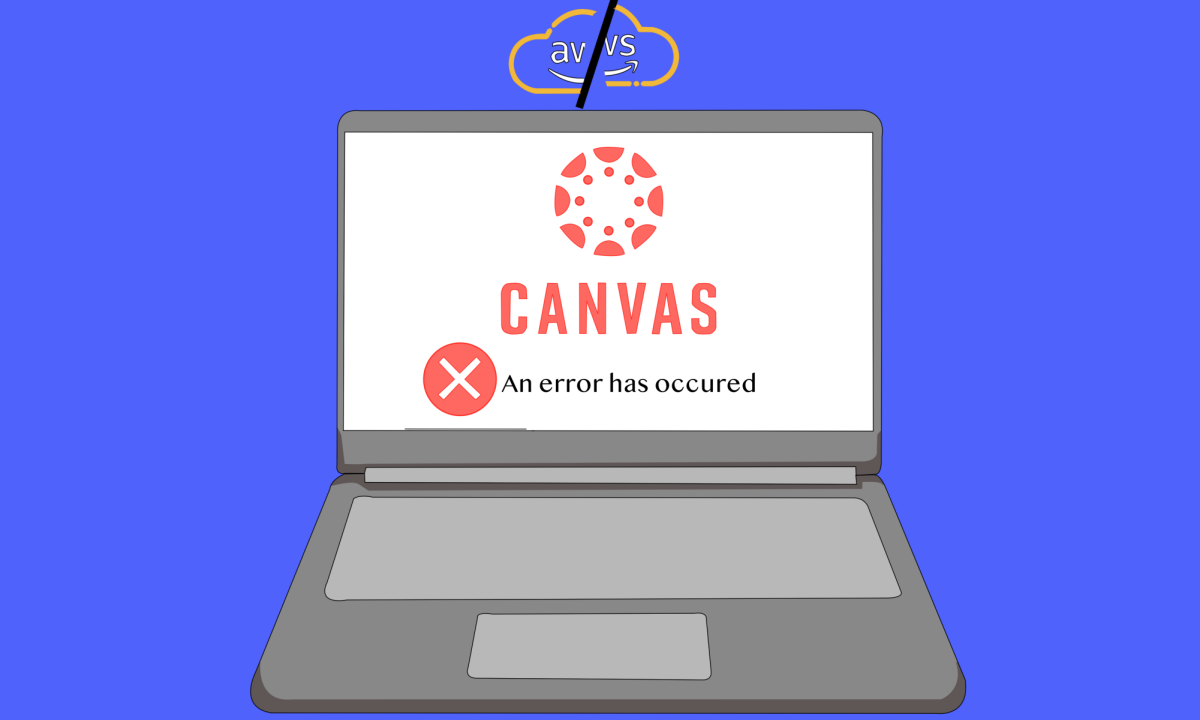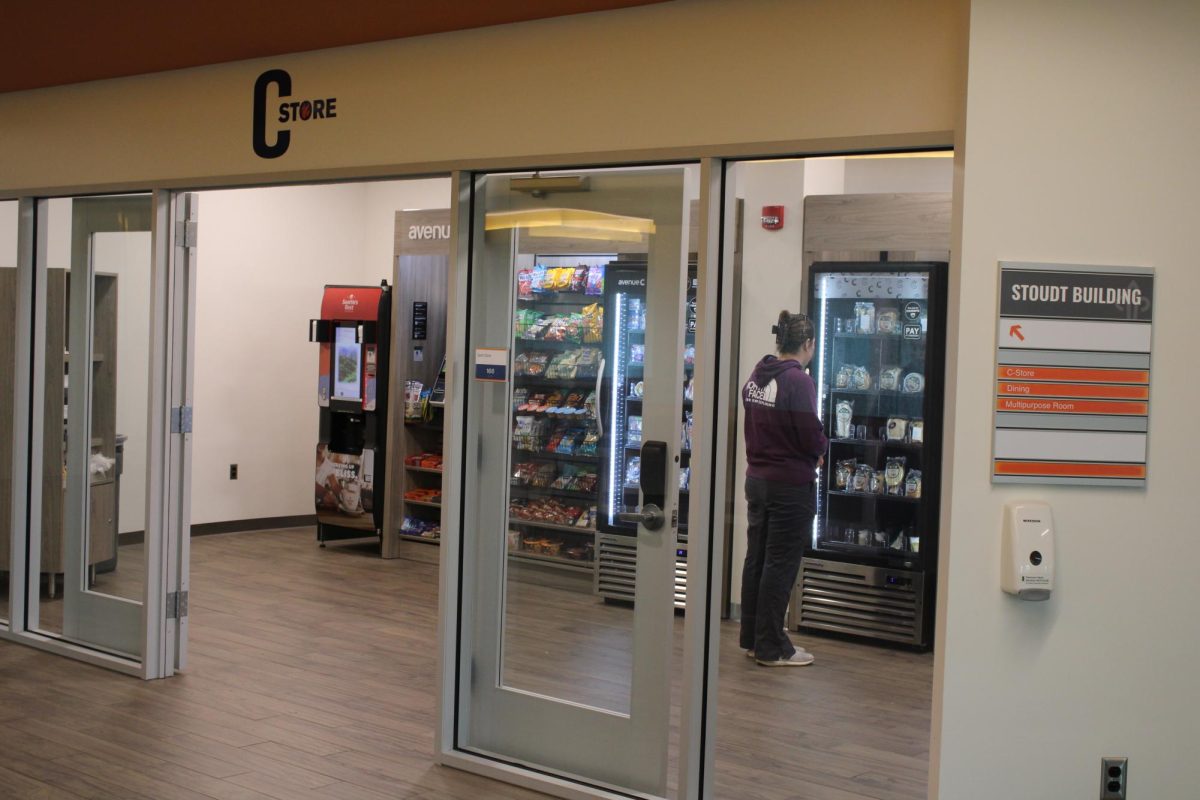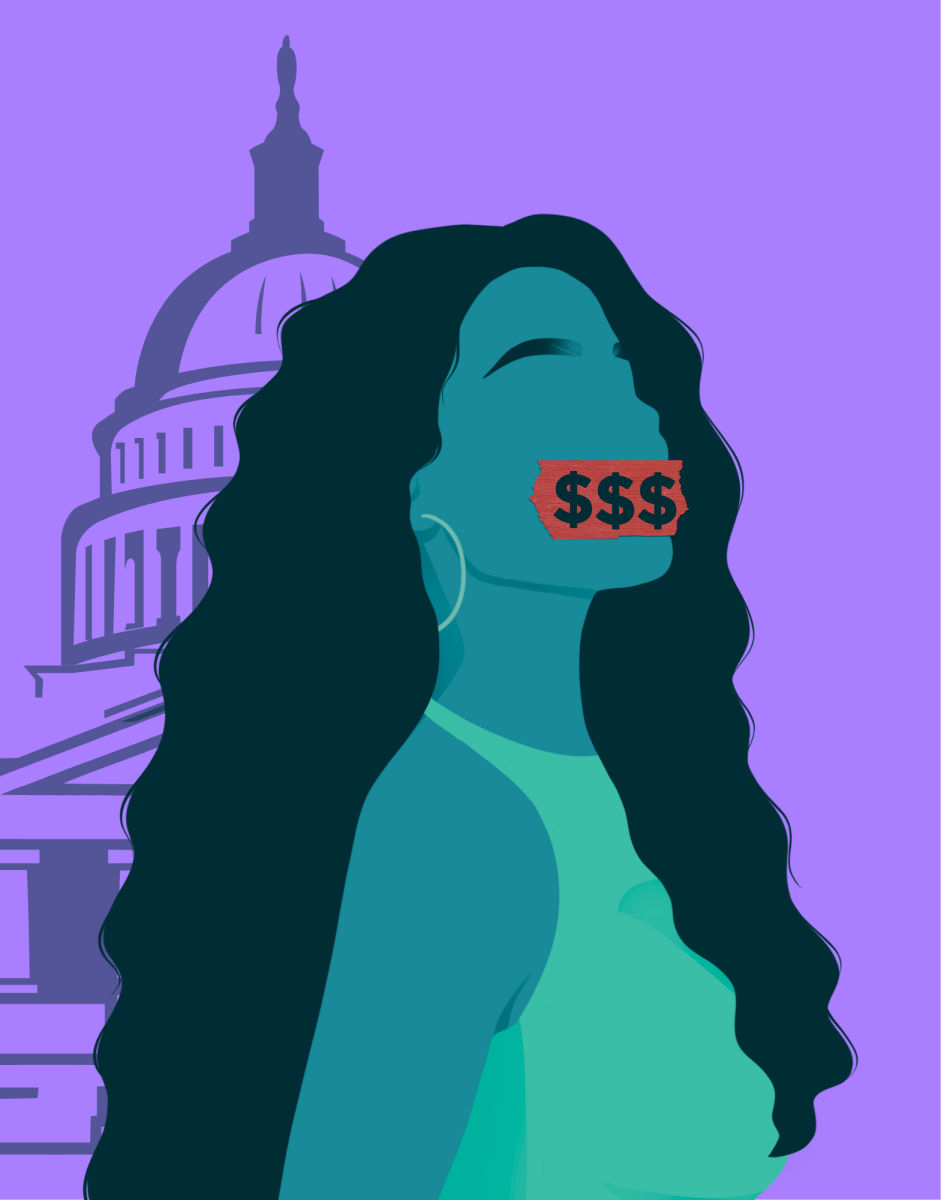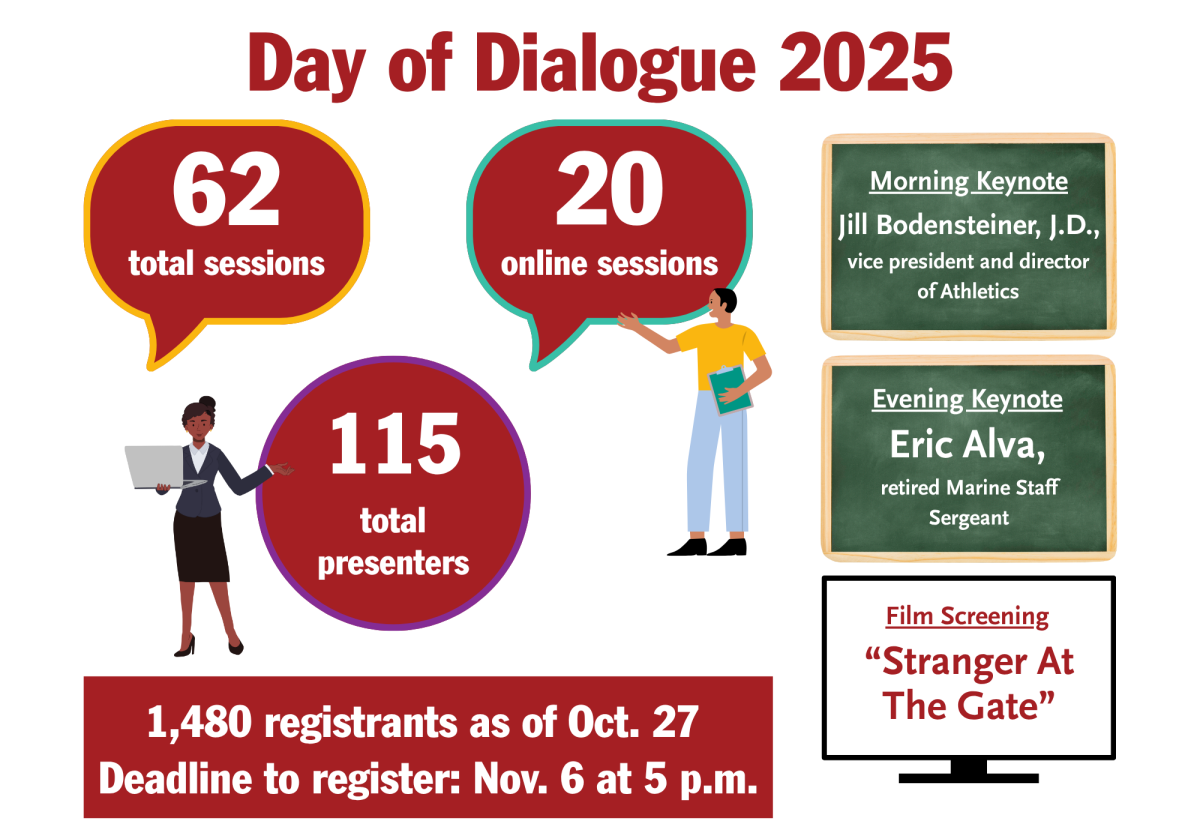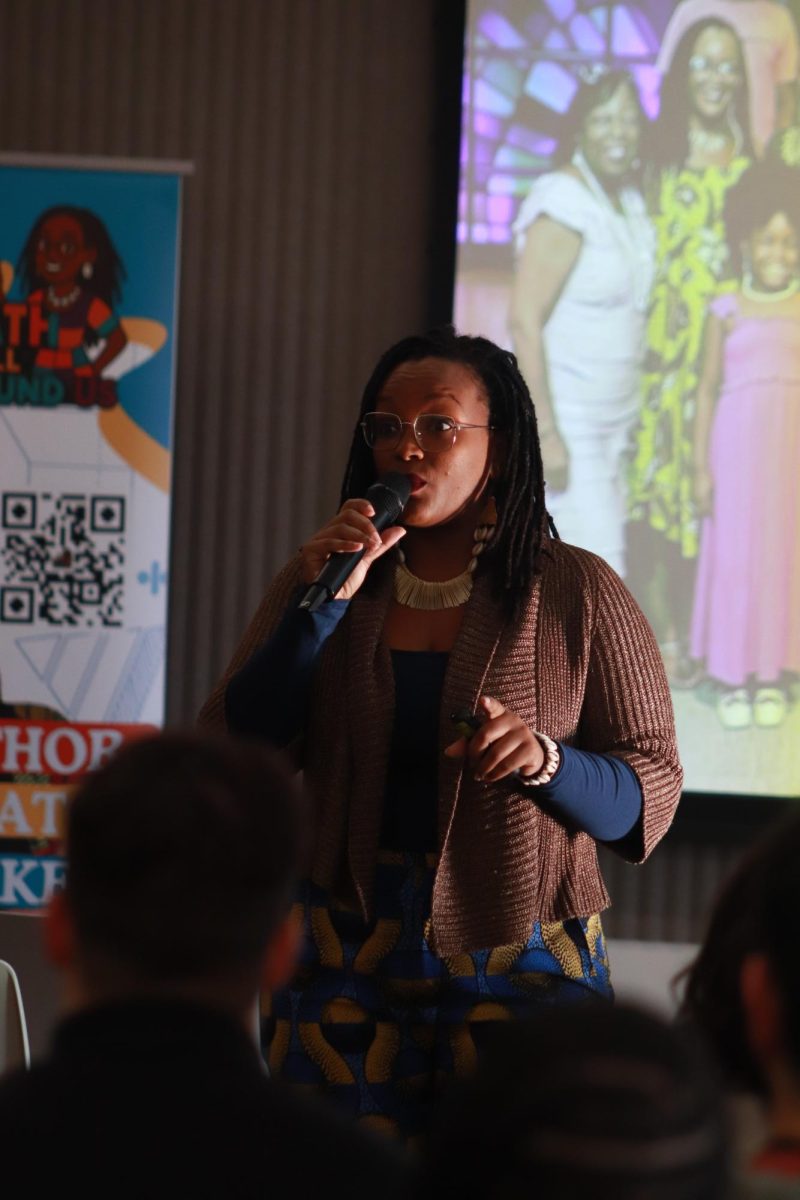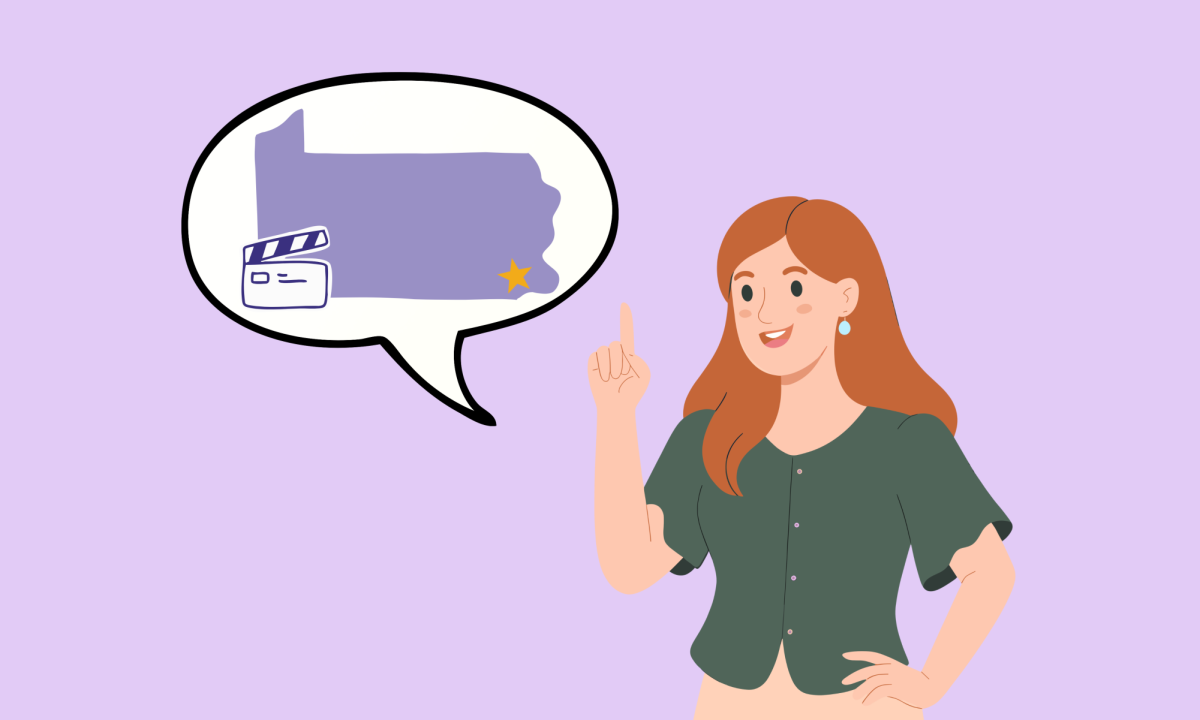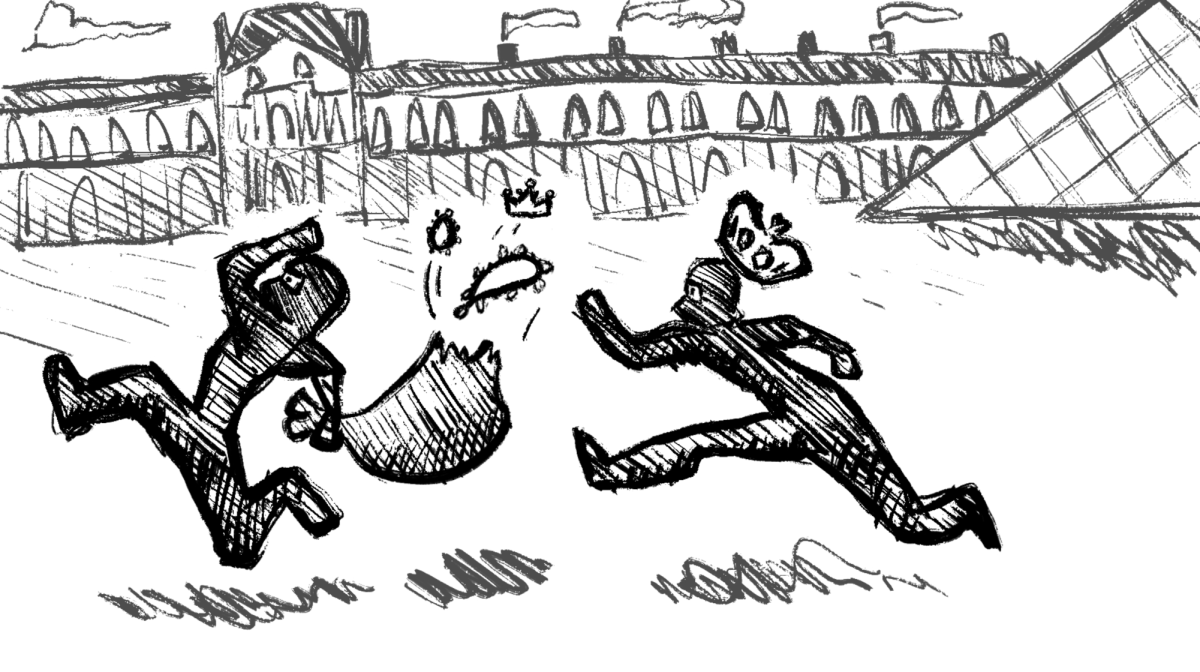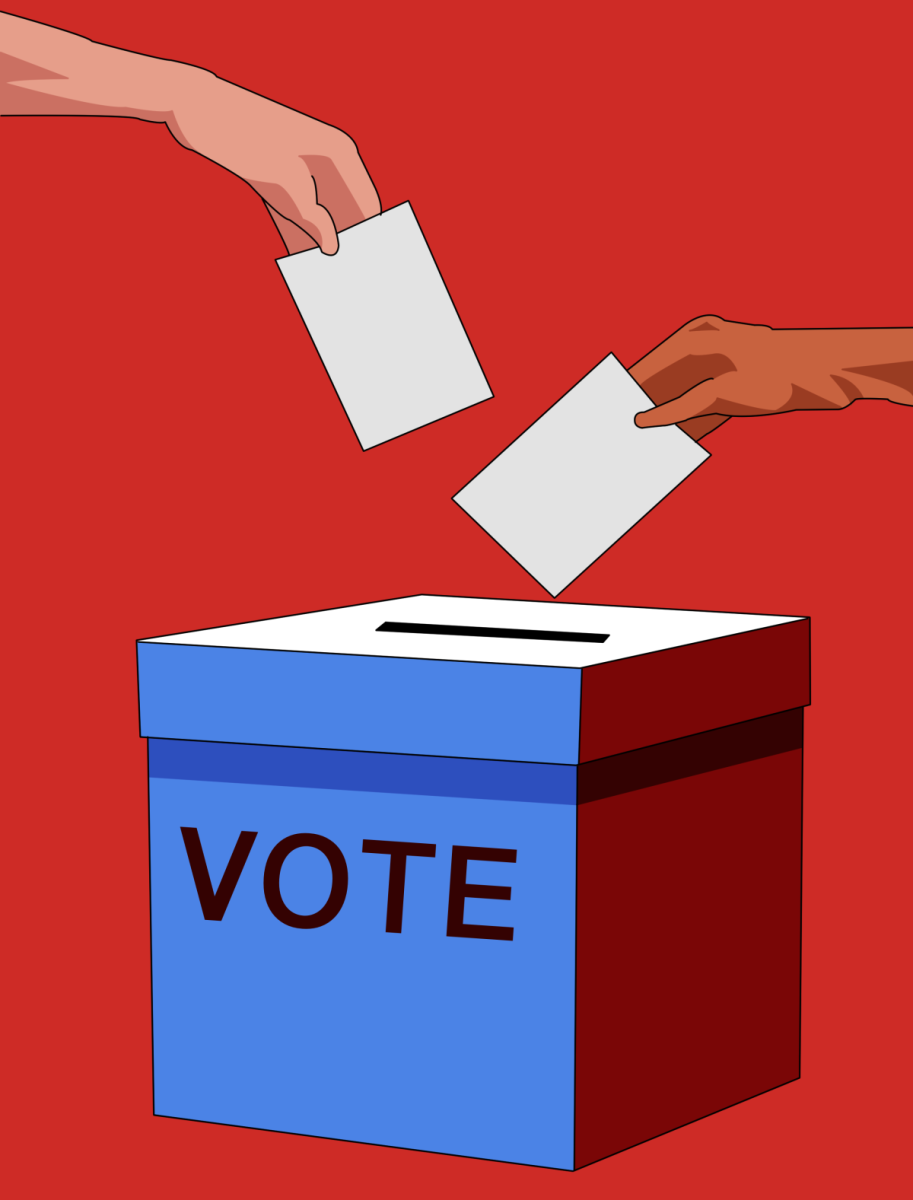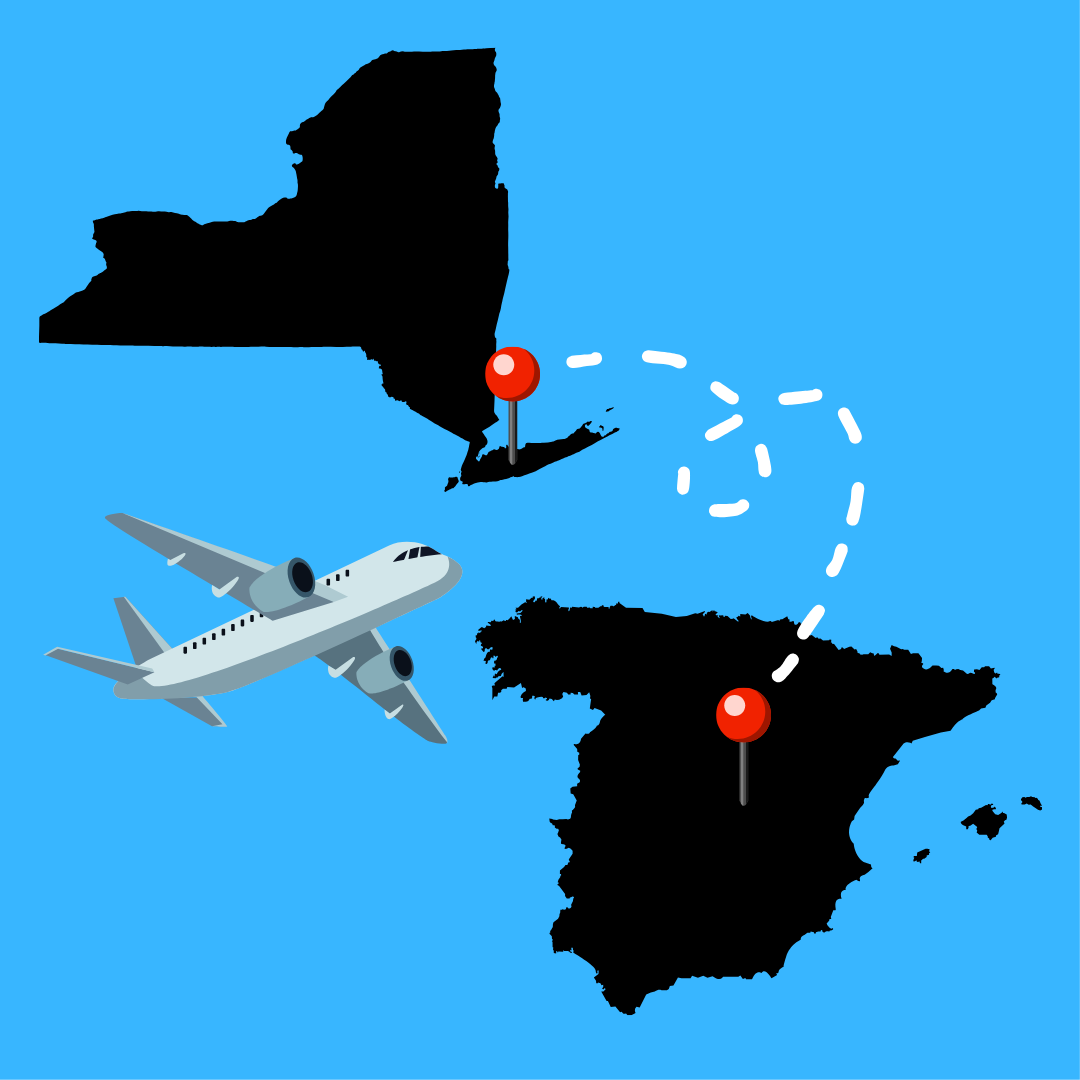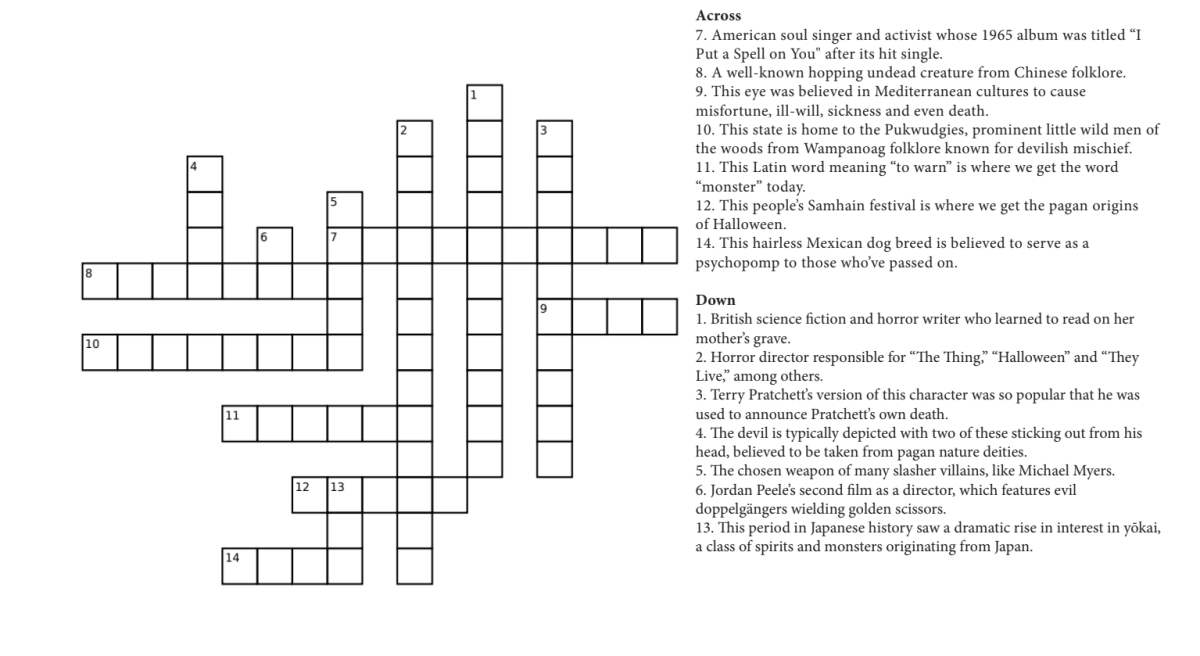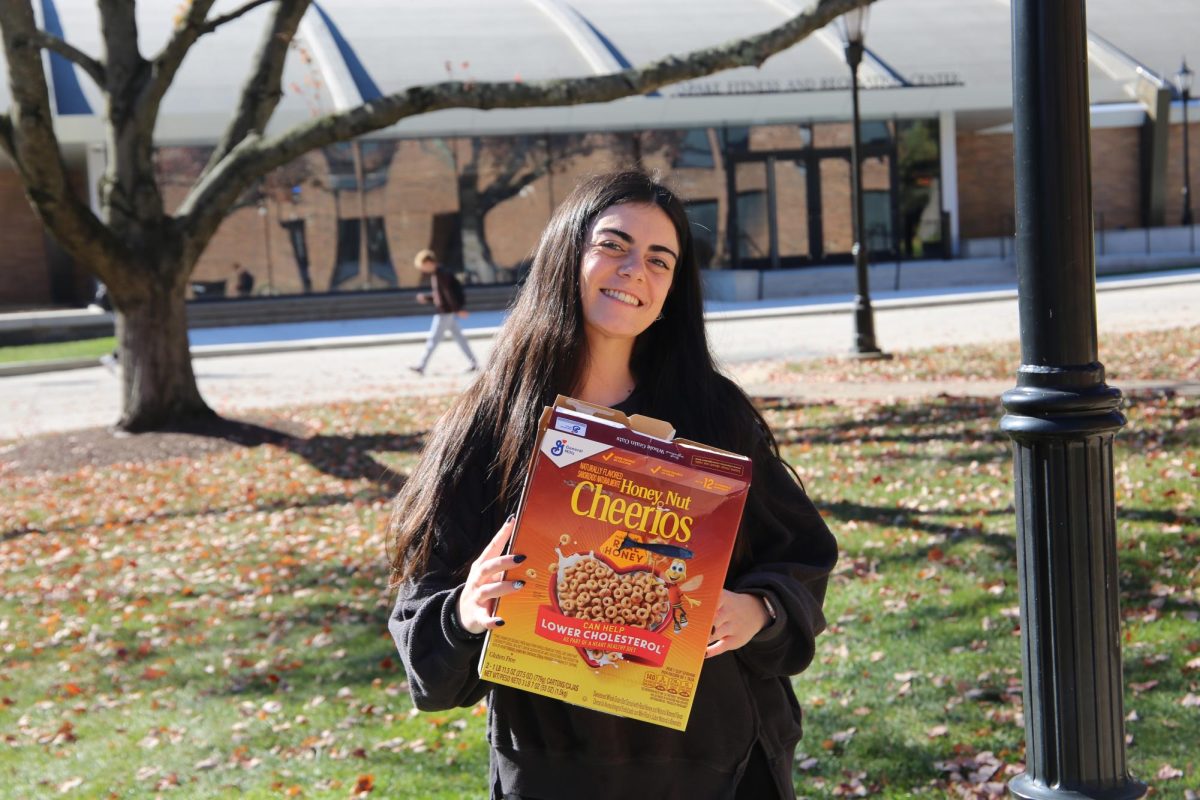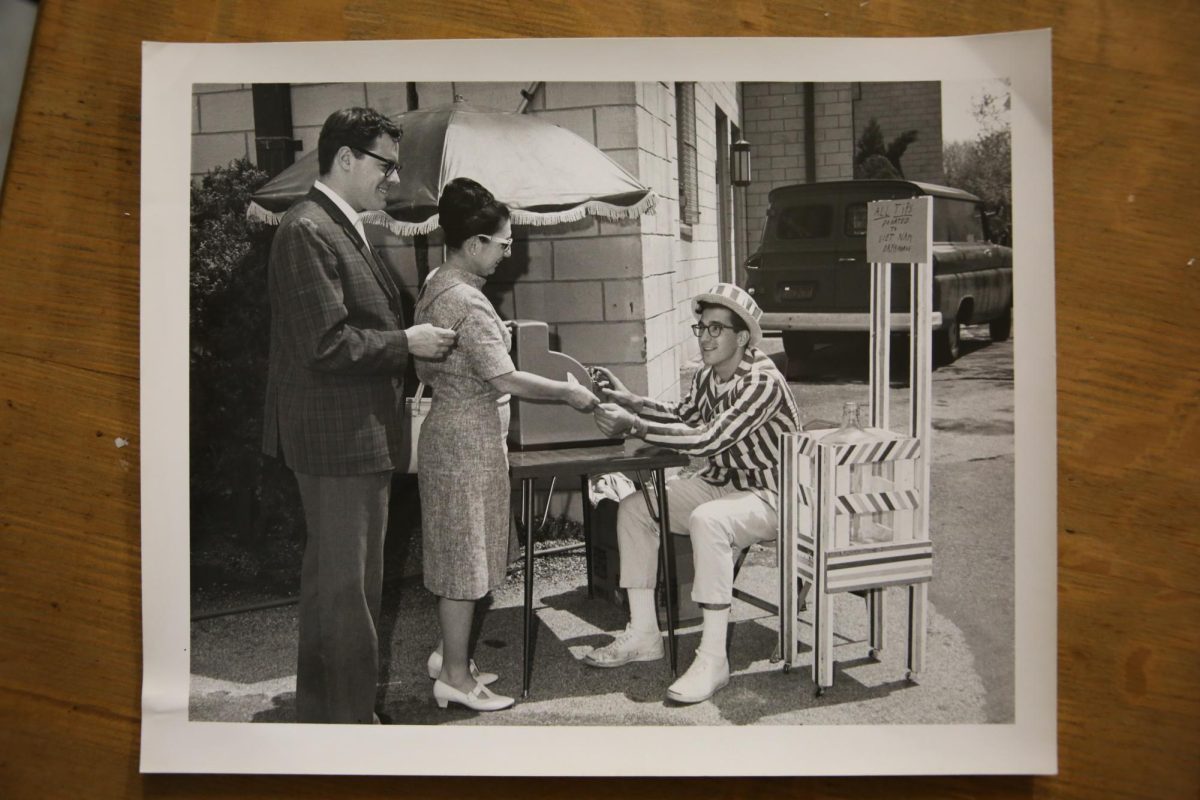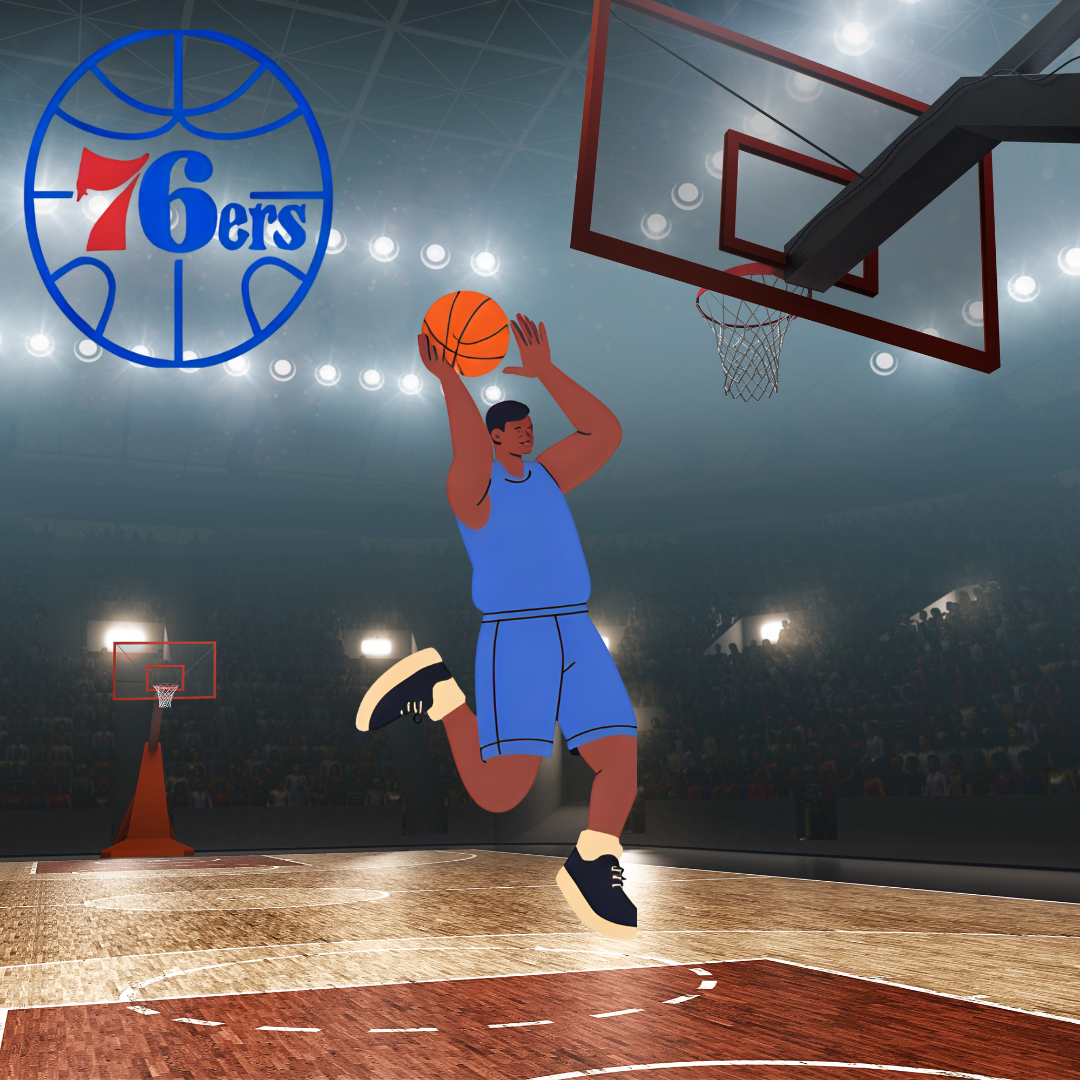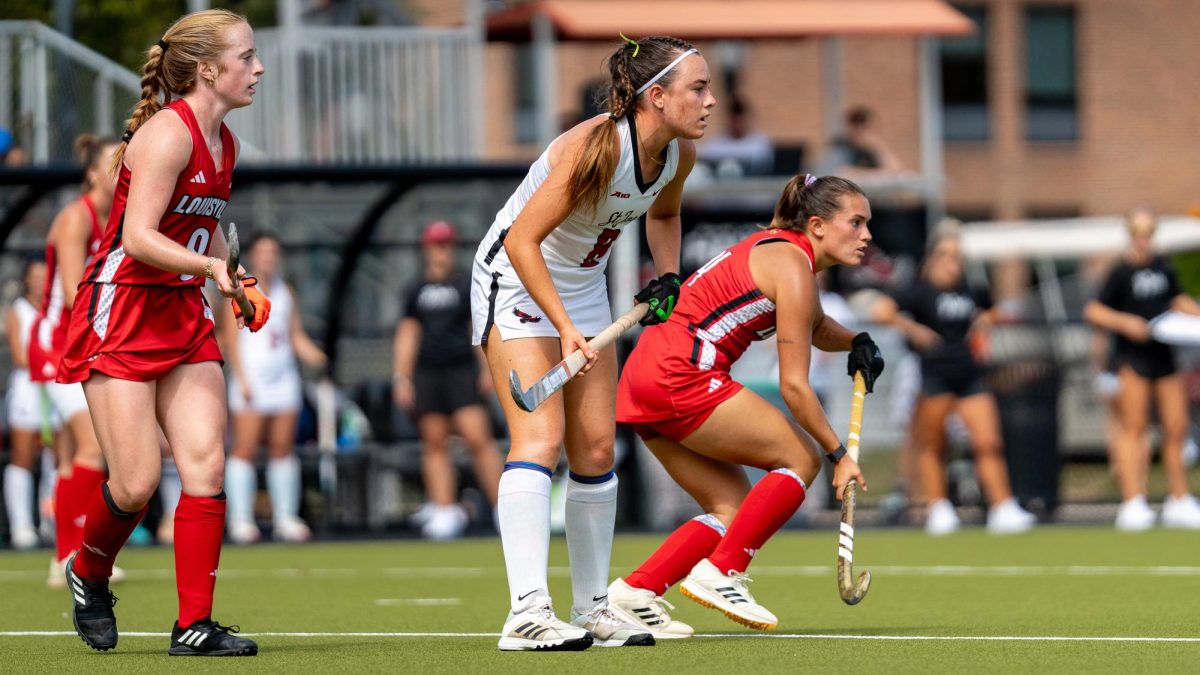On April 21, three days after the indoor mask mandate in Philadelphia was reinstated, city officials confirmed they were ending the mandate after improving numbers for covid-19 hospitalizations and confirmed infections.
Dr. David A. Pegues, professor of medicine at the Hospital of the University of Pennsylvania, said the sudden change by the Philadelphia Board of Health was based correctly on real-time analysis of local trends in covid case counts and hospitalizations.
“This willingness to rapidly react to local trends in covid-19 activity is the right approach to stay ahead of the curve although it risks public ire, particularly among businesses who enforce these mandates,” Pegues said.
St. Joe’s also dropped its indoor mask mandate on April 22, which the university had previously reinstated on April 18 in line with the city’s decision.
Cary Anderson, Ed.D., associate provost and vice president of Student Life, wrote in response to written questions from The Hawk that St. Joe’s will continue to follow covid-19 mitigation measures mandated by the city of Philadelphia. Furthermore, Anderson said St. Joe’s “may institute covid-19 mitigation measures as needed independent of any mandates from the City of Philadelphia.”
Cases were on the rise at St. Joe’s when the mask mandate was reinstated on April 18. The next day, St. Joe’s covid-19 Dashboard was updated with 25 new cases. That exceeded the highest daily spike ever reported on the dashboard, which occurred on Nov. 16, 2020, and followed a growing number of daily cases the previous week.
Ronald Dufresne, Ph.D., chair and professor of management, tested positive on April 17. After testing positive, Dufresne was notified by St. Joe’s contact tracers after reporting to follow the Center for Disease Control (CDC)’s guidelines for isolation. Because of isolation, Dufresne had to hold his classes over Zoom.
“The university’s contact tracer was great at giving very detailed instructions,” Dufresne said. “I had to isolate for five days. And then on the sixth day, because my fever had disappeared, I was able to re-enter the world wearing a mask, so I have to wear a mask through day ten.”
Dufresne said the mask policy for his class will remain optional, even though he must wear a mask in classes when he returns to teaching.
Eileen Bevilacqua, director of the Student Health Center, confirmed the Health Center has seen an increase in the number of students requesting covid tests in the past two weeks.
Ryan Salyer ’23 tested positive on April 11 at the Health Center. Salyer was given a self disclosure form and had to list any close contacts he had.
“Since I had symptoms the night before, they said that was technically my day zero, so my five days were up the Friday before Easter since I didn’t have any symptoms,” Salyer said.
Bevilacqua recommended members of the St. Joe’s community continue to follow any current covid precautions.
“The university community should practice mitigation measures such as masking, physical distancing, frequent hand washing and disinfecting frequently touched surfaces during an uptick of covid-19 cases,”
Bevilacqua wrote in response to written questions from The Hawk.
Pegues said moving forward, individuals should make their own informed decisions about when to wear a mask indoors based on their health, vaccination status, setting and level of infection in the community. Pegues said wearing a 2-ply or 3-ply face mask or a KN95 mask continues to protect individuals from others who are infectious, particularly in enclosed spaces with poor ventilation.
“With the ongoing emergence of more highly contagious covid-19 variants and only about 45% of the U.S. population up-to-date with vaccination, we are not out of the pandemic woods,” Pegues said.
Aodhan Simpson ’22 contributed to this story.

